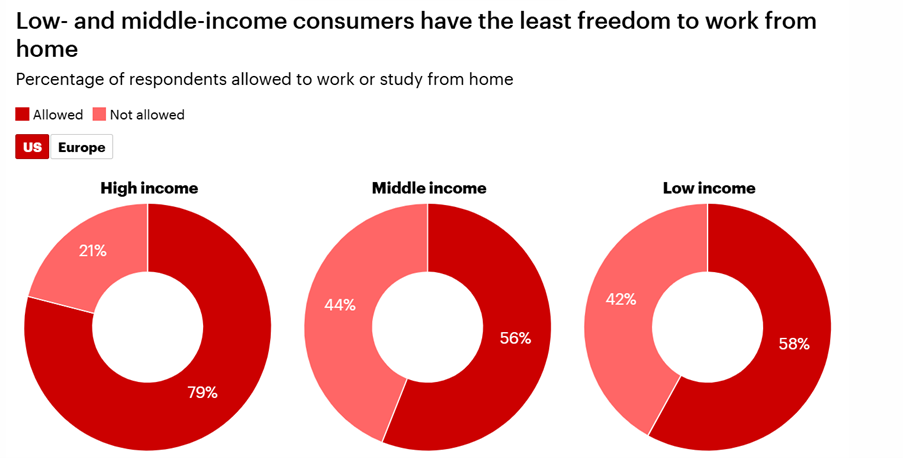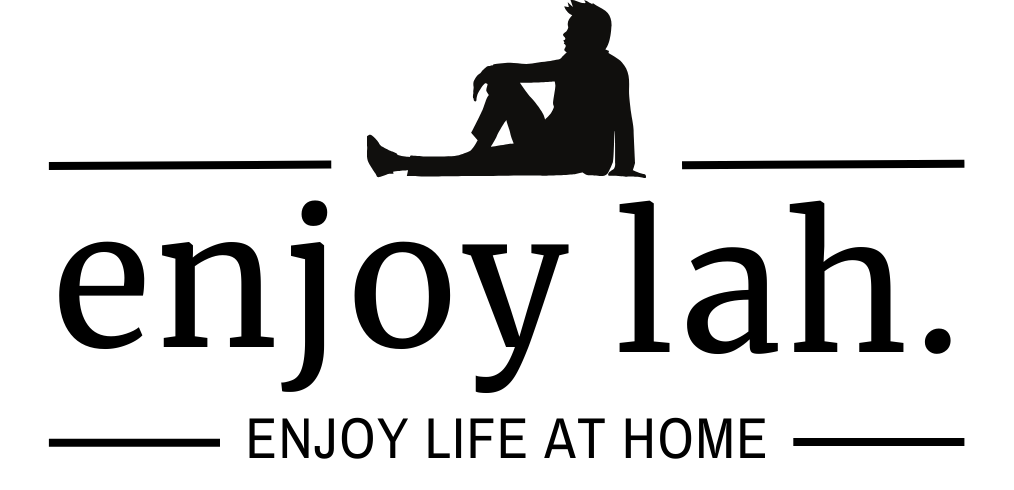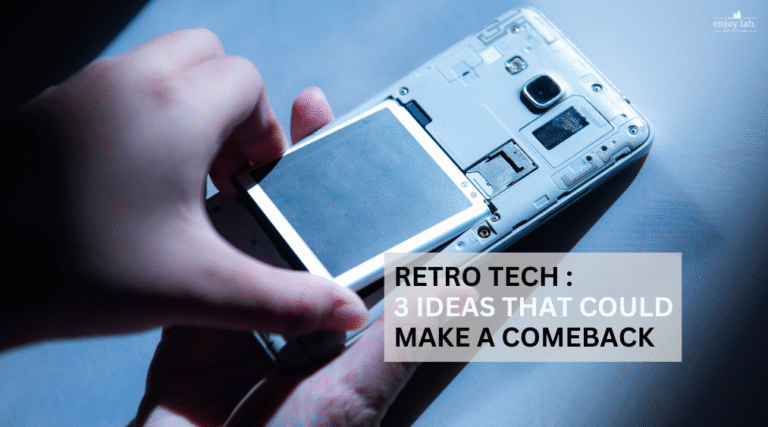The work from home trend seems to spark a lot of debates, and I would like to address this elephant in the room.
Not long ago, working from home was seen to reserved for special circumstances. However, the COVID-19 pandemic changes all that. It has brought about broader acceptance for all employees. And of course, for employers, it was enforced acceptance during the COVID period due to health risk.
Consequently, it changes the working culture, transforming remote work into a widespread necessity. Now, work-from-home is kind of like must-have feature of the modern employment workplace post-COVID times. It’s also seen as an enabler for work-life balance.
However, this shift has sparked vigorous debate. Now, as the dust of the pandemic settles, we are hearing bosses ordering their employees back to work in the office. And that has caused a lot of unhappiness and push back.
Is there a way to negotiate? Let’s discuss.
Work From Home Trend: Understanding the Demographics
To begin with, we need data to discuss this work from home trend. And for that, we need to understand the acceptance level of different demographics.
Here are some interesting global data:

According to Bain’s research, higher-income employees tend to have the most freedom to work from home. The trend is similar in the US and Europe.

In the same research data, the respective day also points to the same trend, with high-income earners having the most freedom of work. Not sure if this is similar locally in terms of income level demographics.
This “remote work divide” is, of course, not made for healthy reading. However, I do think there may be reasons for these data. It could be related to the nature of work, where the high-income earners tend to be management, or in professional services, and where working outside of the office is still effective.
On the other hand, the low-income earner’s job could require physical presence, such as retail, manufacturing-related related or service-type of jobs.
Here are some collated data in Singapore:
Singapore: WFH Preferences by Generation
Gen Z:
- 88% prefer hybrid work over daily office attendance.
- 63–67% say WFH is non-negotiable when seeking jobs.
- 69% would leave jobs requiring more office days; 61% would not accept jobs with inflexible locations.
Millennials:
- 44% say WFH is non-negotiable.
Gen X:
- 40% say WFH is non-negotiable
Collated Data source: Asiaone, Statista, Charlton Media Group
To a certain extent, the work from home trend is widely accepted, with close to half of the demographics expecting WFH as a must-have workplace arrangement.
For us, the Gen Xers, we started work in the traditional offices. The shift to working from home is especially liberating. The flexibility derives from the work from home trend enables us to balance professional responsibilities with personal commitments. Of course, we do miss the impromptu interactions and in-person relationships at times.
Meanwhile, the Millennials largely embrace the work from home trend. Though it comes with great flexibility, they are concerned with maintaining visibility and progression in their careers. By working remotely, this might mean fewer opportunities for mentorship or informal networking, which is crucial for professional growth.
For Gen Z, although the desire for WFH is a must-have arrangement, and despite being digital natives, they often show a preference for in-person interactions. This is understandable since they are younger, will crave to build connections and learn from mentors or colleagues.
Overall, the data points to the fact that the work from home trend is widely accepted and it’s a must-have arrangement in the workplace. And it seems, a hybrid arrangement is the way to go, where it offersa balance between seeking flexibility and in-person interactions.
The Digital Backbone Behind the Work From Home Trend
Of course, this work from home trend will not take off without technology. The advances in digital tools have allowed teams to collaborate, communicate, and deliver results from virtually anywhere.
Communication Platforms such as Zoom, Microsoft Teams, and Slack have become important platforms to enable meetings, alignments, and project management. These platform tools are accessible where the smaller enterprises have also adopted, democratizing access to technologies that were once only reserved for the large corporations.

Moreover, with AI tools like ChatGPT and various automation solutions, it has streamlined remote tasks for easy completion. They have helped draft reports, analyze data, and manage communications effectively when working remotely.
This work from home trend has provided flexibility, but it does have some drawbacks. Have you ever felt that you need to be in “always on” mode? Because the Zoom meeting is made so easy that we forget about time. I remember I was having a back-to-back meeting even after 7 pm! And I have also come across colleagues who suffered from “remote fatigue”. As a result, instead of working from home, they seek third spaces like a café to do WFH.
Nonetheless, it’s clear we need digital tools to sustain the work from home trend, otherwise, it will become cumbersome!
Trust Redefined: Managing Work Under the Work From Home Trend
Central to the work from home trend is the question of professional trust. Traditionally, from where we started work till now, it always seems like visibility is the productivity. We probably need to reframe the working culture to redefine trust.
I think it is important to move from an effort-based focus to an outcome-based focus. Managers must focus on deliverables, results, and measurable impact rather than simply hours logged or what we locally always said “act busy” 🤣.
I can understand why some leaders still harbor skepticism about whether employees are as productive at home as they are in the office. Meanwhile, employees will worry that they’ll be overlooked for promotions or high-profile projects simply because they’re not physically present.

A 2023 Gartner study revealed that 64% of managers continue to harbor doubts about remote employee productivity, underscoring the persistent tension surrounding the work from home trend.
Talent Shortages and How Employers Are Adapting
Amid the debates, I think employers must also face up to the practicalities of hiring and retaining talent in the era of the work from home trend. With the labour shortage issue to overcome, the ability to offer remote work arrangements can be a good magnet to attract and retain talent.
For employers leaning towards work from home trend, they will often find themselves having better access to wider talent pools and hiring skilled workers from across the globe. This can be critical, especially to small to medium enterprises.
And for businesses looking to rejuvenate with younger or new blood, the more they need to embrace Wthe FH arrangement as part of their working culture. Otherwise, it will be hard to attract younger talent.
Interestingly, LinkedIn reported in 2023 that remote job postings attract 2.5 times more applicants than strictly in-office roles. This statistic emphasizes just how deeply the work from home trend is influencing talent dynamics across industries.
Industries Best (and Least) Suited for the Work From Home Trend
Not every industry has an equal impact from the work from home trend. Some roles will align with remote work naturally, while others will require physical presence.
Industries Thriving Remotely:
- Software development, where code can be written from any location.
- Digital marketing and content creation, leveraging digital collaboration tools.
- Design and creative industries, which thrive on flexible workflows.
- Data analysis, driven by digital dashboards and cloud computing.
- Managing deliverables of Professional services like consulting.
Conversely, several sectors face significant challenges under the work from home trend. Of course, it is quite common sense to understand why they could not be effective with WFH.

Industries Struggling with WFH:
- Healthcare providers delivering hands-on care.
- Manufacturing requiring physical machinery and assembly lines.
- Hospitality and tourism, heavily dependent on in-person service.
- Construction, reliant on on-site labor and oversight.
- Logistics and supply chain management, involving physical movement of goods.
This work from home trend is not a one-size-fits-all solution. I think it require logical and sensible understanding that based on the nature of the industry and their application.
Hybrid Work: The Middle Ground in the Work From Home Trend
While opinions remain divided, many organizations are moving towards the hybrid work model as the most viable long-term outcome of the work from home trend. And for me, I am a strong advocate for hybrid models as a middle ground. Not only does it offer flexibility, but it also helps to maintain opportunities for face-to-face connection.
Just to share, we have implemented this arrangement at my workplace post-COVID time. We set up the communication protocols and develop the basis of the working culture. For instance, on the days when we are supposed to do WFH, and if there is an important customer meeting on site, our employee is expected to attend the meeting physically in person. So far, it’s been working well!
To adopt this arrangement, our work is powered by a lot of digital tools. We use AI every day, and use Microsoft Teams for meetings, alignment,t and sharing files. For quick sharing and alert, we adopt a common WhatsApp chat group to share information. These arrangements have streamlined our collaboration, and it’s been quite effective till now.
Final Thoughts: The Work From Home Trend Is Still Evolving
The future of work is changing. So does the work from home trend. It will continue to evolve and be defined by cultural, technological, and generational shifts.
As we collectively navigate this transformation, it’s understandable that we need to reframe the mindset and rebuild what it means to be accountable. The new work culture has to be about how we stay connected, build trust, and maintain the human elements that define successful teams and fulfilling careers.
And of course, for us, the Gen Xers embracing the work from home trend wisely could mean finding the perfect balance between flexibility and connection.
This is not merely a workplace policy discussion. It’s a cultural conversation about how we shape the future, together.








